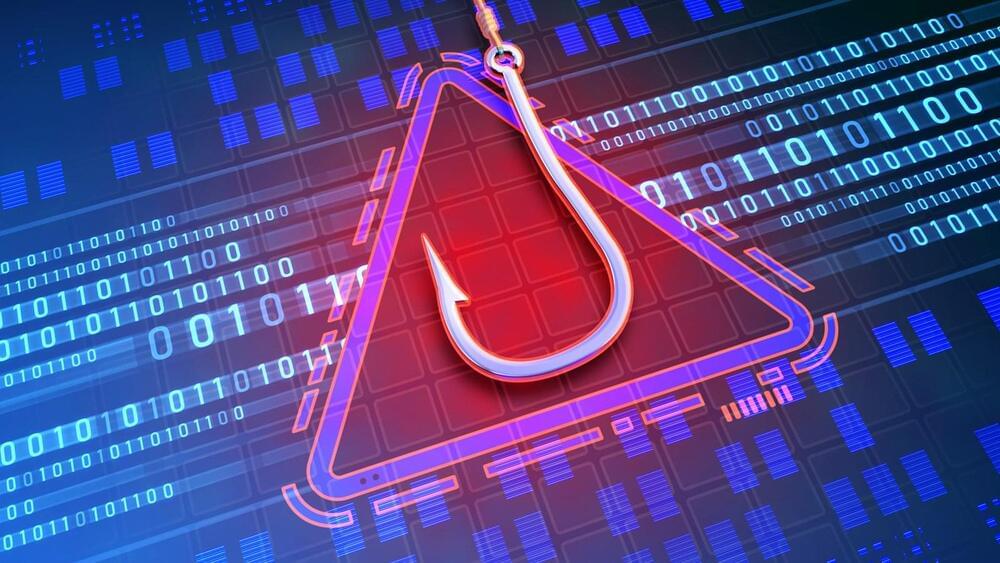A growing number of ransomware groups are adopting a new tactic that helps them encrypt their victims’ systems faster while reducing the chances of being detected and stopped.
This tactic is called intermittent encryption, and it consists of encrypting only parts of the targeted files’ content, which would still render the data unrecoverable without using a valid decryptor+key.
For example, by skipping every other 16 bytes of a file, the encryption process takes almost half of the time required for full encryption but still locks the contents for good.









